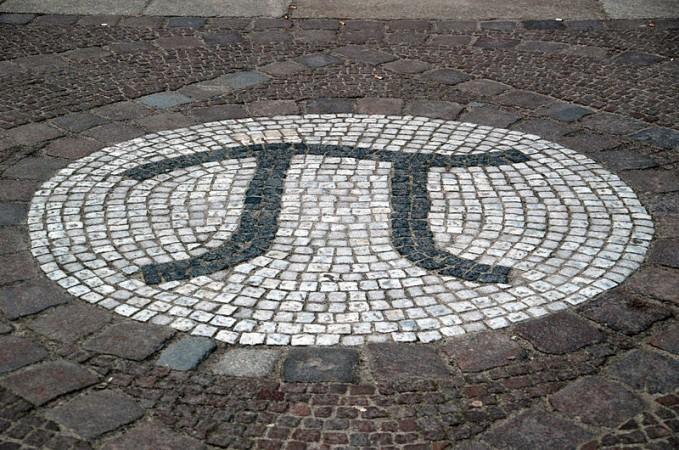
The so called 'Pi Day' is celebrated every 14 March in order to match with the first three values of the 'mathematical constant' pi (or π), which is 3.14 (which can also be written as 3/14 or 14 March). But in 2015, the date has much more significance since the date will match the five initial figures of the complex mathematical formula, i.e 3.1415 (3/ 14/15 or March 14, 2015).
The pi represents the ratio of a circle's circumference to its diameter – one of the most pivotal values in mathematics with special importance in geometry, trigonometry, calculus and quantum mechanics among others.
The next time the date and month will be in line with the first five numerical of the 'constant' or Pi will be in 2115 – exactly 100 years from now.
Interestingly, this will be further extended and as many have observed the moment when first ten digits appears to coincide with the exact real time in 14 March will be celebrated as 'Pi Second' . And that will be at the precise time of 9:26:53am or pm – the date and time for which can consequently be written as "3/14/15; 9:26:53" coinciding with the first ten digits of the Pi, i.e: 3.141592653.
Pi is known to be useful in all kinds of calculations especially with regard to finding out the volume and surface area of spheres and also may be used by scientists to determine the rotations of circular objects. The formula is of daily use, for example, to NASA scientists who work with planetary bodies and the spaceships that are aimed at visiting or studying them.
"On Pi Day, I will think about the nature of a day, as Earth's rotation on its axis carries me on a circle 21,000 miles (34,000 kilometers) in circumference, which I calculated using pi and my latitude," Marc Rayman, chief engineer and mission director for NASA's Dawn spacecraft said in a statement.

















